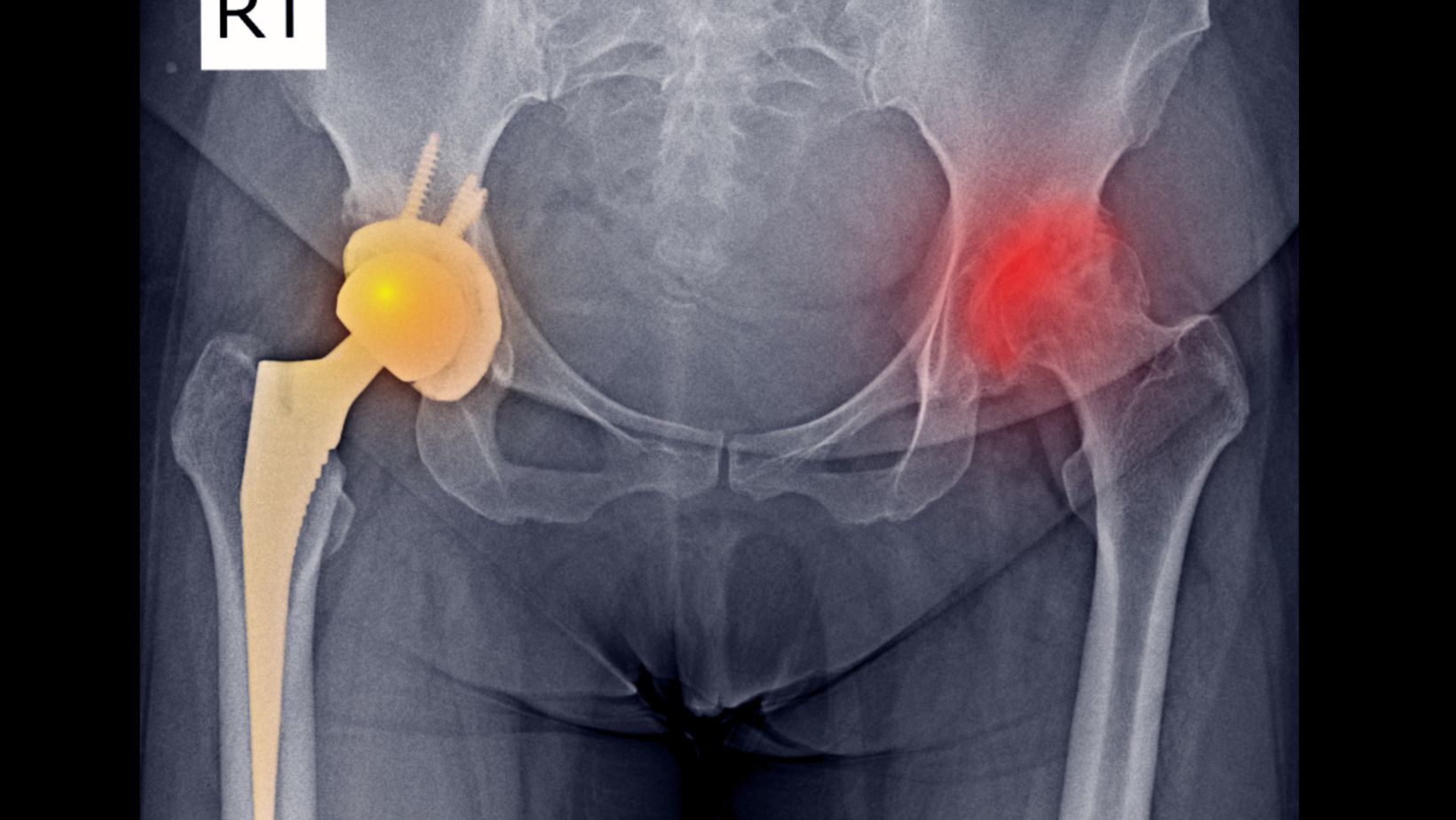ICD 10 Left Hip Pain
If you’re experiencing left hip pain and wondering if it could be related to ICD 10, you’ve come to the right place. In this article, I’ll discuss the common symptoms associated with ICD 10 left hip pain and provide some insights for better understanding.
When it comes to ICD 10 left hip pain, there are several key symptoms to watch out for. These may include persistent discomfort or aching in the left hip joint, limited range of motion, difficulty walking or bearing weight on the affected side, and even referred pain that radiates down the leg. It’s important to note that these symptoms can vary in intensity and duration depending on individual circumstances.
Diagnosing ICD 10 left hip pain involves a comprehensive evaluation by a healthcare professional familiar with the International Classification of Diseases (ICD) coding system. This diagnostic tool helps classify and identify specific conditions accurately. Understanding your symptoms and seeking proper medical attention is crucial for an accurate diagnosis and effective treatment plan tailored to your needs.
In the following sections, we’ll delve deeper into each symptom associated with ICD 10 left hip pain, exploring possible causes and potential treatment options. Stay tuned for valuable insights that can help you navigate through this condition with greater ease.
Remember, if you suspect you may be experiencing ICD 10 left hip pain or any other health concern, it’s always best to consult with a qualified healthcare provider who can provide personalised guidance based on your unique situation.

Common Symptoms of ICD 10 Left Hip Pain
When it comes to ICD 10 left hip pain, there are several common symptoms that individuals may experience. It’s important to note that these symptoms can vary from person to person and may range in intensity. Here are some key indicators to watch out for:
- Pain: The hallmark symptom of ICD 10 left hip pain is discomfort or aching in the hip joint. This pain can be sharp or dull and may worsen with movement or weight-bearing activities.
- Limited Range of Motion: Individuals with ICD 10 left hip pain often find it difficult to move their hip joint freely. They may experience stiffness, which restricts their ability to perform everyday tasks like walking, sitting, or climbing stairs.
- Swelling and Inflammation: Inflammation around the affected area is another common symptom of ICD 10 left hip pain. This swelling can cause localised tenderness and warmth around the hip joint.
- Muscle Weakness: As the condition progresses, individuals may notice a weakening of the muscles surrounding the affected hip joint. This weakness can further hinder mobility and contribute to difficulties in performing physical activities.
- Limping: Due to the discomfort and limited range of motion, individuals with ICD 10 left hip pain often develop a noticeable limp while walking or engaging in weight-bearing activities.
- Radiating Pain: In some cases, the pain originating from the left hip joint may radiate down into the thigh or buttock region. This sensation is commonly described as shooting or sharp.
It’s worth mentioning that these symptoms should not be self-diagnosed but rather evaluated by a healthcare professional who specialises in musculoskeletal conditions like ICD 10 left hip pain.
Remember, early detection and proper diagnosis are crucial for effective treatment plans tailored to each individual’s specific needs. If you are experiencing any of these symptoms or suspect ICD 10 left hip pain, it’s essential to consult with a medical professional for a thorough evaluation and appropriate management strategies.






